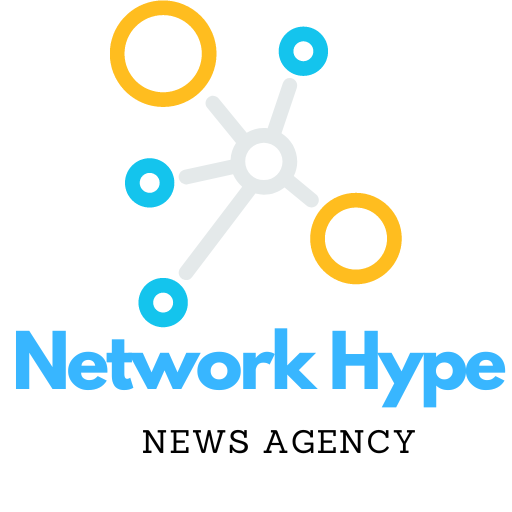Rolling school closures throughout the past two years have forced families to reevaluate their views on K–12 education. The traditional, one-size-fits-all paradigm of the public education system does not work for everyone, as demonstrated by the way schools handled the epidemic. The epidemic made these difficulties more apparent and increased public acceptance of the notion that families require a variety of educational models in order to adequately satisfy the requirements of all of their children.
Read More: microschool
Microschools, often called learning pods, are an innovative take on the one-room schoolhouse. Students in each class typically range in age from three to fifteen, and the curriculum and timetable are customized to meet the specific requirements of each class. This educational approach can be used independently or in conjunction with charter, private, or public schools. Microschools are sometimes referred to as a “mid-point” between homeschooling and formal schooling. Although some microschools are part of a formal network that provides paid, in-person instructors, the majority of microschools are autonomous, parent-led programs. A variety of friendly settings, including homes, libraries, and other community facilities, are used to teach lessons.
The concept of microschools is not new. Children have been educated in small groups by committed instructors or tutors throughout history. But now more than ever, families are becoming interested in them.
Among the most well-known suppliers of microschools is Primer. Established in 2018, it currently offers over 3,000 students in over 300 microschools a combination of tuition-free and fee-paying microschooling. Primer is not the only one. There are more companies that give fair, inexpensive, and tuition-free choices, such Southern Nevada Microschool Academy and Stronger Together ATX.
Currently, microschools can provide tuition-free choices in a number of states by partnering with charter schools, governmental organizations or departments, or becoming a vendor of approved private school choice programs. For instance, Primer is a tuition-free alternative for students in New Hampshire since it is a vendor for the state’s Education Freedom Account (EFA) program and because of its collaboration with the department of education’s Recovering Bright Futures grant program. The education savings account (ESA) program in New Hampshire is known as the EFA program. ESAs give families access to government-approved savings accounts where they may deposit public cash for approved educational costs.)
Not just parents are interested in microschools. State legislators throughout the nation are also becoming more aware of the growing interest.
Legislators in Washington state filed a measure in the state Senate to begin a microschool pilot program. The measure gives licensing of microschools for kids with impairments, students falling short of academic requirements, and students in need of multilingual education during transition a high priority. This year, lawmakers from the state of Colorado also introduced a measure creating a new learning pod program. The measure allows students to choose to obtain their education through a learning pod if they are enrolled in a nonpublic, homeschool-based educational program.
Some are also assuming leadership roles in microschools. The National Microschooling Center, which bills itself as “an empowering hub for pioneering small learning environments,” was established not too long ago with the goal of giving families, legislators, and education entrepreneurs nationwide access to thorough information on microschools.
It should come as no surprise that legislators are becoming more interested in learning pods and microschools. 34 percent of school parents report that they are a member of a learning pod or are looking to start or join one, according to the EdChoice Public Opinion Tracker done in conjunction with Morning Consult.
Families are still looking for additional options when it comes to their kids’ education, especially after a few difficult years. Educational choice naturally takes many different shapes since students have a wide range of demands. Parents are the ones who know what is best for their kids, and microschools provide a special method of addressing each kid’s individual requirements.
